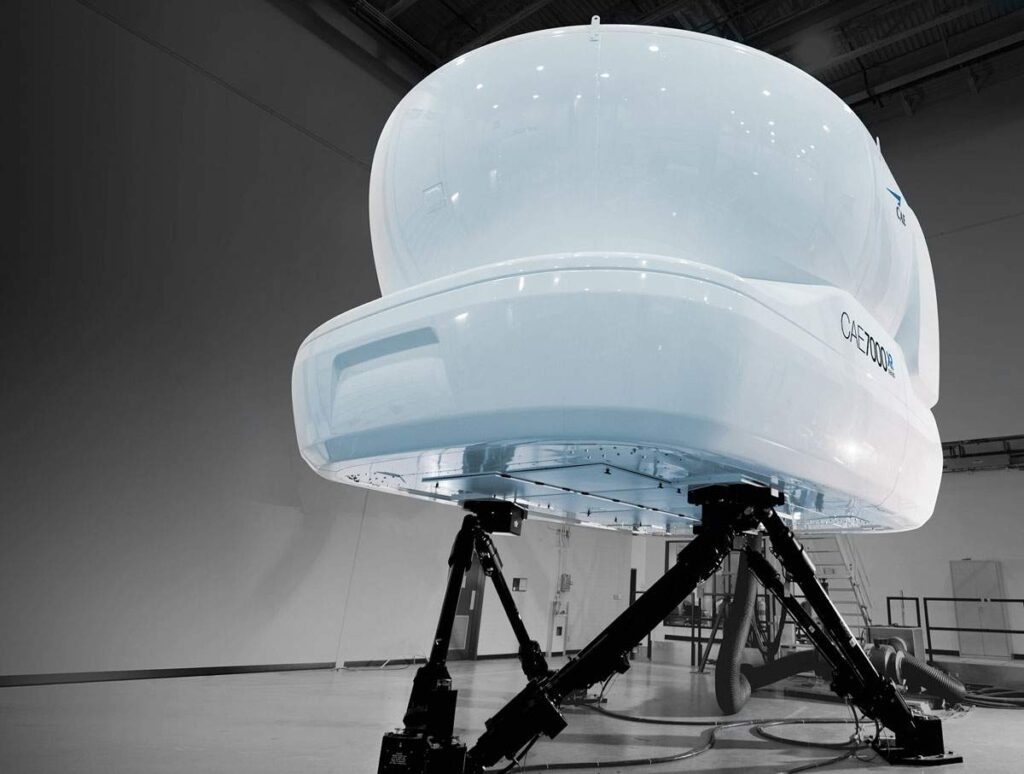Pilots can usually take off and land safely at most airports, but some airports require special training due to their dangerous locations. These challenging airports present unique difficulties, but there are pilots who are up to the challenge. They undergo extra training to gain the skills needed to safely maneuver aircraft under these tough conditions.
Factors that Make an Airport Dangerous
Windspeeds, weather, temperatures, altitude and runway length are but a few things that make an airport dangerous to takeoff and land in. The location of an airport makes it very safe or dangerous.
Take Paro airport as an example. Located in the Paro valley of Bhutan, it is known to be the one of the most dangerous airports. One of the main reasons for it it its famously short runway only about 2,000 meters long. Pilots are faced with many challenges while navigating the airport. The low air density reduces the lift generated by the airplanes. Furthermore, the unpredictable wind speeds cause lots of turbulence. The narrow pathway between the Hills pose a navigational challenge as well. There are currently only 24 pilots who have the qualifications to fly in and out of Paro Airport.

Paro Airport in Bhutan where only 24 pilots are allowed to land
How Pilots Train for these Conditions
Besides Paro, many other dangerous airports exist in extreme weather and geographical conditions. These airports require skilled pilots to manage daily operations. To ensure they are qualified, these pilots undergo rigorous training.
Flight simulators are widely used for training, recreating the exact conditions of these airports. This helps pilots become familiar with the surroundings and prepares them for specific scenarios. In addition to simulations, pilots receive technical briefings. These briefings cover the use of navigational equipment, dealing with turbulence, and other critical skills, ensuring the pilots are well-prepared and eligible to fly into these challenging airports.

An Embraer ERJ 145 aircraft Level D Full Motion Simulator
Recurrent training also helps in solidifying the approach a pilot must take while flying in dangerous airports. It is also common for new pilots to get more mentorship training with more experienced ones to familiarize themselves with the terrain.
Navigational Challenges and Procedures
Airports can be tough for pilots. They have to learn specific routes and rules for each airport they fly into. That means using charts that show exactly where to go and how high to fly. Some airports are in hairy spots, like mountains, where you have to be extra careful. The weather, like fog or storms, that affects the quality of flight.
Pilots also learn about noise rules and where they can fly to be safe and not bother people on the ground. They chat a lot with air traffic control to get permission and directions to land and take off. That helps you fly smooth and safe. That’s all the training to keep everyone safe while you fly. It’s like learning how to drive on different roads, make sure you follow the rules and watch out for anything that comes up.
Special Equipment Used by the Pilots
Special equipment and instrumentation is key when flying into certain airports so you can navigate and handle whatever comes your way. One of the most important pieces of equipment is the instrument landing system (ILS) which helps you land accurately even in bad weather or zero visibility. It guides the plane down to the runway with radio signals so you can land smoothly and safely.
Pilots also use navigation aids like GPS (Global Positioning System) to locate themselves and follow the route. GPS gives you real time information on where the plane is in relation to the airport and helps you stay on course. Also airports may have runway lighting systems that pilots use to identify runways and taxiways at night or in bad weather. These lights are key to safe take offs and landings.
Emergency equipment like fire suppression systems and emergency beacons are also important. So if something goes wrong pilots and passengers can get help quickly and safely. The special equipment and instrumentation is like a pilot’s toolkit, it helps them navigate, land and handle emergencies. It’s key to safe flights and getting passengers to their destination smoothly.
Dealing With Emergency Situations
Being prepared for emergencies and having plans, in place is crucial for pilots when they are flying to airports. The focus is on ensuring they are equipped to handle any situations that may arise. To begin with pilots receive training on emergency scenarios such as engine malfunctions or adverse weather conditions. They have strategies prepared for each situation enabling them to respond and ensure the safety of everyone on board. Additionally pilots familiarize themselves with the onboard emergency equipment, including fire extinguishers and emergency slides. These tools are essential for facilitating safe evacuations in case of an emergency.
Effective communication plays a role in pilot training. Maintaining contact with air traffic controllers and other aircraft allows pilots to promptly seek assistance during emergencies and stay informed about aircraft movements. Moreover pilots engage in drills for emergency landings and evacuations to enhance their readiness and confidence levels when faced with circumstances mid flight. In essence preparation for emergencies involves having plans for plans. It is about being well prepared and knowing how to respond if things deviate from the expected course. This approach enables pilots to prioritize safety ensuring a journey, for all passengers until they reach their destination.
